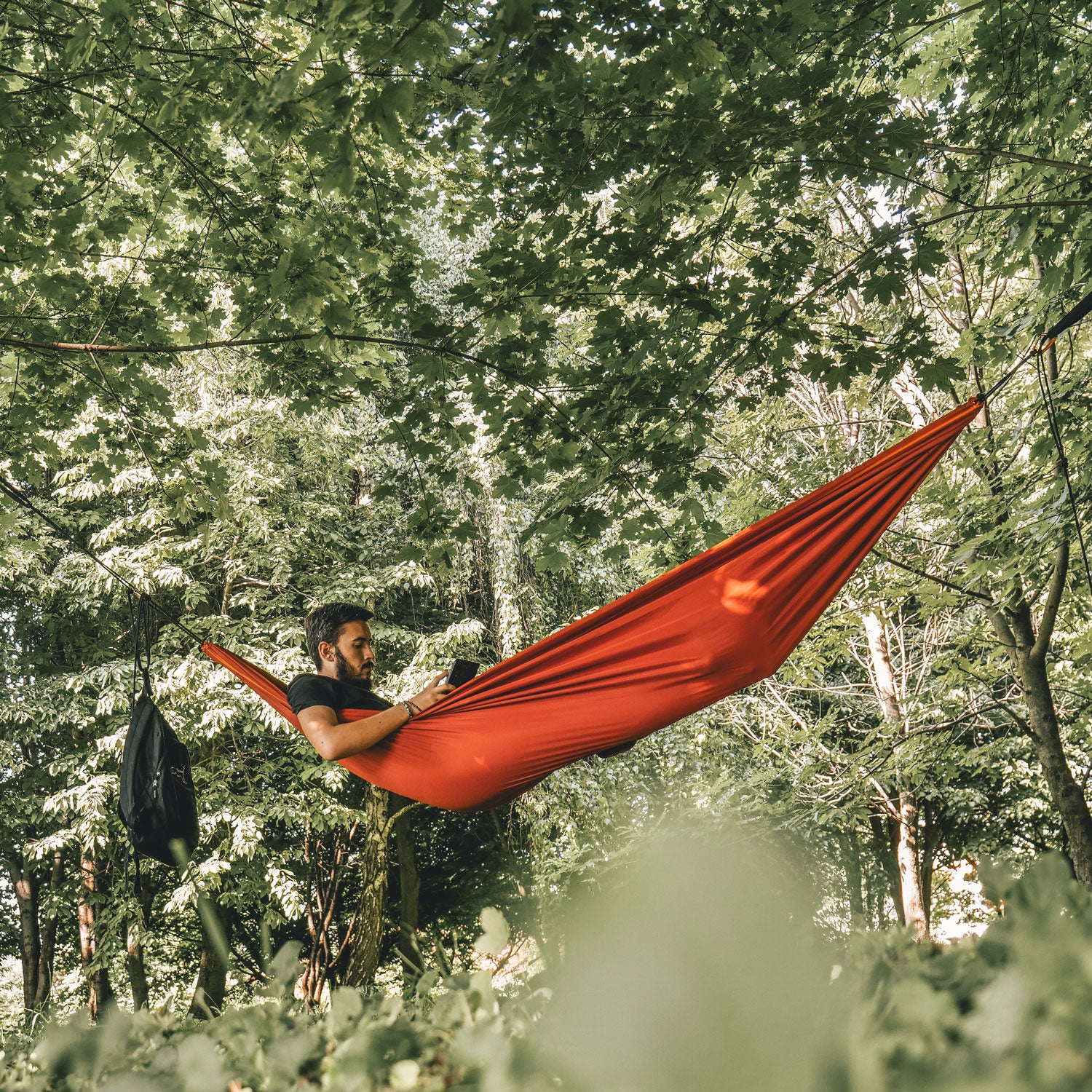Publishing is, historically, a seasonal sport. Those fat history books my mom likes come out around the holidays, and thrillers debut at the beginning of summer. This fall brought in a crop of books that scratch adventurous literary itches: rollicking westerns that challenge gender norms, page-turners about the front lines of climate change, and David Quammen going deep on the molecular biology that holds us together.
‘The Tangled Tree: A Radical New History of Life’ by David Quammen
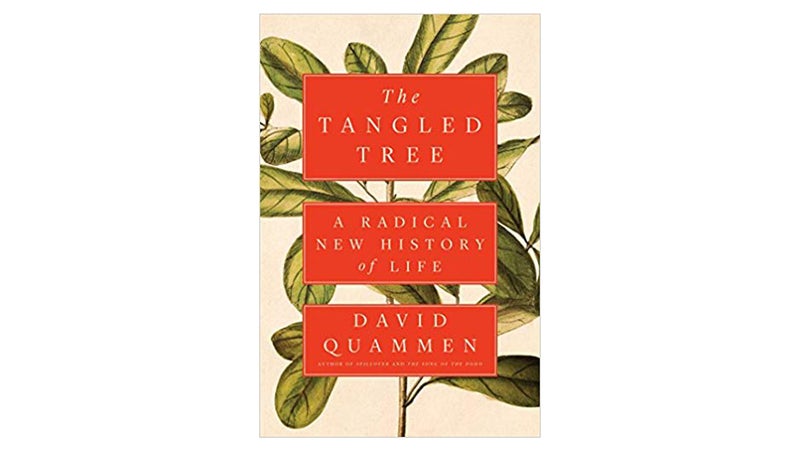
David Quammen knows how to bring abstract, obtuse science down to a human scale. In his latest, , he breaks down the myth of the tree of life, explores the idea that genes aren’t just transferred vertically, and simplifies the morass of genetics without being simplistic. The book is clear and jargon-free, and you can sense Quammen working through new questions as he learns more, which makes any wonkiness readable. He shares the details of scientists’ lives—most notably, influential microbiologist Carl Woese—to show how their research piggybacked on one another and how evolution is even more complicated than we (and Darwin) thought it was.
‘It Happened Like This: A Life in Alaska’ by Adrienne Lindholm
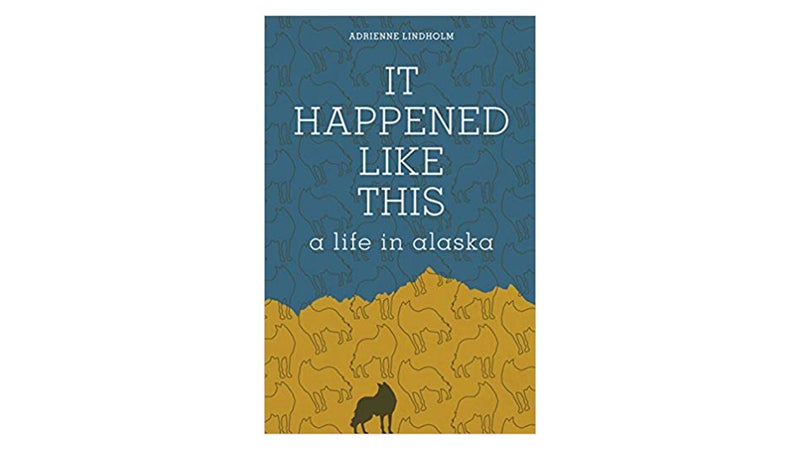
Adrienne Lindholm’s , about an East Coast girl fascinated by Alaska, starts out on what feels like familiar territory. It’s a quest to move to a wild landscape, to find something bigger than herself, and to test her boundaries. But once she’s made Alaska her home, Lindholm turns to something harder than peak bagging or facing bears: the question of what happens when you’ve committed to an adventurous life and your partner wants kids or a sense of being settled. She digs into what happens after the typical adventure-memoir quest, when you have to deal with the reality of chasing the edge and the things you have to give up along the way.
‘A Song for the River’ by Philip Connors
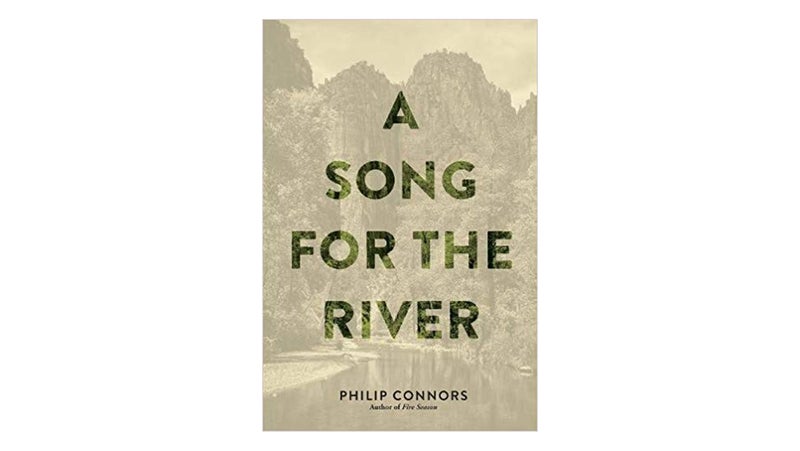
Philip Connors once worked as a fire lookout in New Mexico’s Gila Wilderness, and his new book, , is both a reflection of his time there and an urgent description of what threatens the region. It’s loosely about the untimely deaths of people he cares about, and who cared about that specific landscape, while the forest he’s guarding burns and the river that runs through it is at risk of being diverted. A giant, many-tentacled metaphor of a story, it easily could have become terrible and heavy-handed, but Connors’ pacing and detail keep the story moving forward and into surprising places.
‘Chesapeake Requiem: A Year with the Watermen of Vanishing Tangier Island’ by Earl Swift
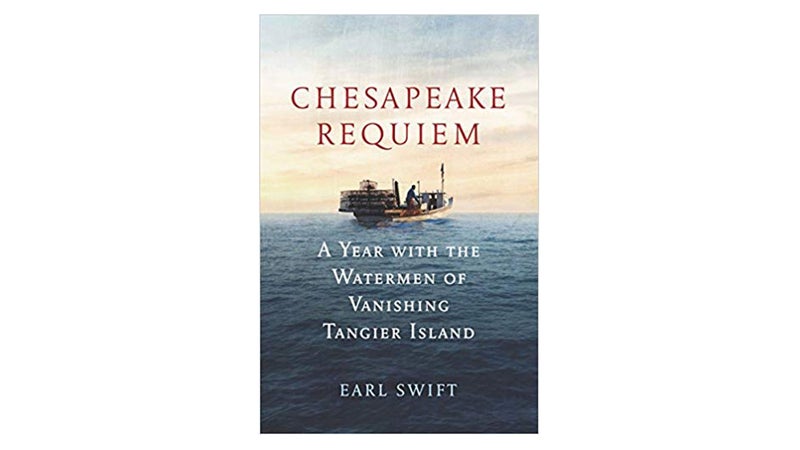
The slow creep of climate change can be hard to pin down. It’s too abstract, too distant, too depressing. But Earl Swift, an ���ϳԹ��� contributor who recently wrote about the disappearance of a Chesapeake fishing boat, makes a compelling effort in his exploration of Tangier Island, Virginia, a Chesapeake coastal community where the resident crab fishermen will likely be some of the first Americans to lose their homes to sea-level rise. In , Swift gracefully outlines the harsh inevitability of global warming and how the people on its front lines try to keep living their lives in its face. I ripped through it—and would have read it even faster if I hadn’t spent so much time on Swift’s fantastic portraits of the salty Tangierman.
‘Whiskey When We’re Dry’ by John Larison
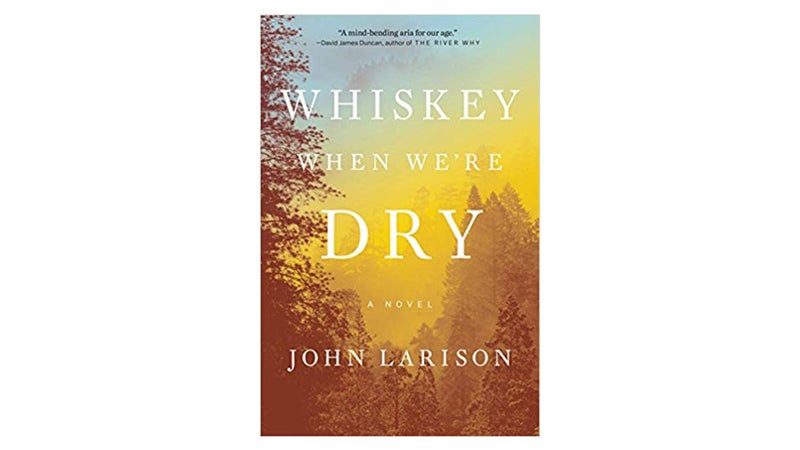
I’m skeptical of men taking on teenage women’s voices and of writers trying to capture the diction of past decades. John Larison’s tone doesn’t always avoid these authenticity pitfalls as he tells the , who sets out into the 1880s frontier dressed as a boy and carrying her dead father’s Colt to search for her outlaw brother. But it’s easy to get past that. Larison writes with unrelenting momentum and thoughtfully explores questions of gender identity, power, and violence. The storyline is cinematic enough that it’s already been picked up as a movie by Planet of the Apes producers.
‘The Nature Instinct: Relearning Our Sixth Sense for the Inner Workings of the Natural World’ by Tristan Gooley
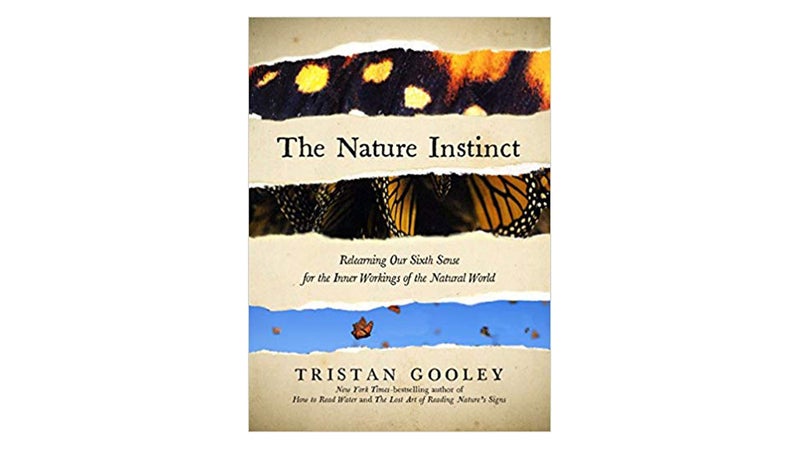
Part memoir, part field guide, is Tristan Gooley’s treatise for how to be more in tune with the natural world—how to track mammals, find your way in a forest, and recognize flight patterns of birds. He weaves in references to brain science, astronomy, institutional knowledge from Native American tribes, and stories about his life (Gooley is a navigation expert who has crossed the Atlantic solo and runs a backcountry navigating school). The book can get a little too esoteric at times (true nature nerds, rejoice), but the heart of it is the alchemy of trying to pay attention and how we’ve lost that in a fast-paced, digital world.


